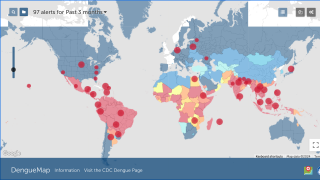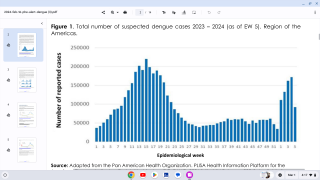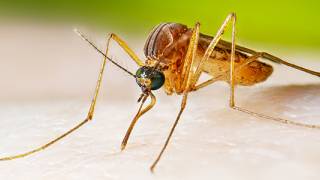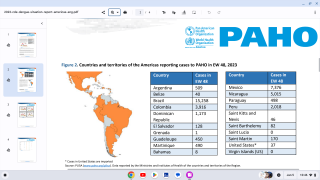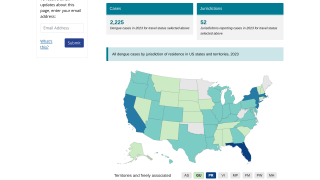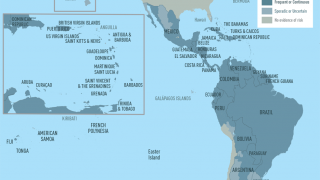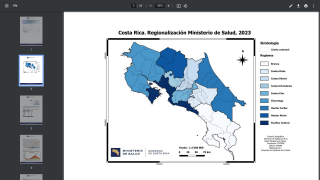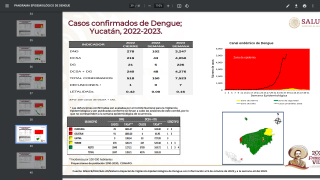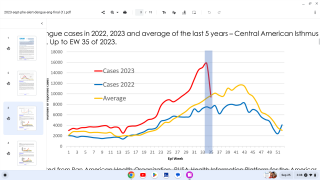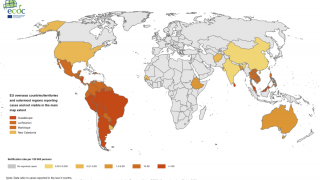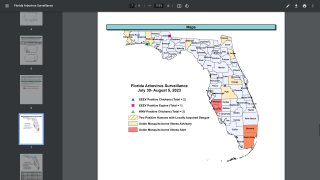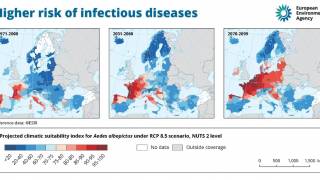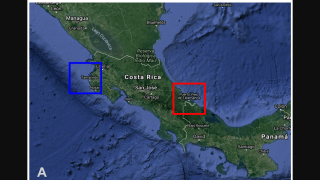Differentiating Between Dengue and Zika Just Became Easier

A new study was able to differentiate key differences between the dengue and Zika viruses.
Both dengue and Zika can coexist in many developing nations in equatorial South America and Southeast Asia, are arboviral infections transmitted by the Aedes mosquito, thus making a differentiating diagnosis between these 2 viruses challenging.
This study published in the Centers for Disease Control and Prevention (CDC) Emerging Infectious Diseases Journal showed that the diagnostic indices of conjunctivitis, platelet count, and monocyte count reliably distinguished these viruses.
The use of these 3 indices, conjunctivitis, platelet and monocyte counts had 88 percent sensitivity, and 93 percent specificity in distinguishing Zika from dengue, with a diagnostic accuracy of 92 percent.
Differentiating between Zika and dengue infections early is important in the prognostication and subsequent monitoring and follow-up of these patients.
Although a Zika virus infection is self-limiting, concerns about its impact on pregnant women and related birth defects are well established.
In contrast, severe dengue infections lead to a debilitating illness that can cause vascular leakage, dengue shock, and death.
The study was conducted at the National University Hospital, where 121 patients were tested for both viruses, 34 had Zika virus and 87 had dengue infection. Fifteen Zika patients (44.1%) were male and 19 (55.9%) female; 57 (65.5%) DENV patients were male and 30 (34.5%) female.
These researchers conclude saying ‘the accuracy of our derived indices exceeds that of WHO’s and CDC’s definitions for Zika case identification. And, distinguishing on clinical grounds remains daunting.
As of June 26, 2018, the US Zika Pregnancy & Infant Registry shows Pregnant Women with Any Lab Evidence of Zika Virus Infection:
- US States and DC: 2,465
- US Territories: 4,879
Until better diagnostic tools become available, these simple clinical assessments using conjunctivitis and basic blood count parameters will be helpful in regions of the world where both Zika virus and DENV are endemic.
This research team did not disclose any conflicts of interest. This study has been supported by the Clinician Scientist Award (CSA), Individual Research Grant (IRG), Bedside & Bench (B&B) grants, Centre Grant, and the Training Fellowship Award from the National Medical Research Council (NMRC), Singapore. The team also receives funding from the Aspiration Grant & Summit Research Program and Bench to Bedside Grant from the National University Health System, Singapore, as well as the Synthetic Biology Research & Development Program of the National Research Foundation, Singapore.
Our Trust Standards: Medical Advisory Committee



